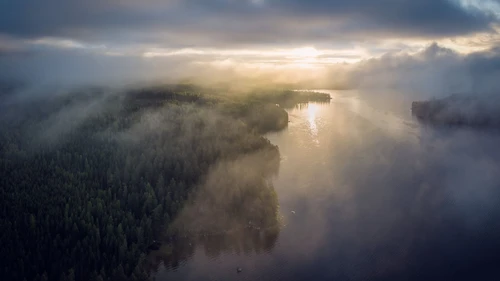Did you know?
The term “nature-positive” is used to describe an approach that enriches biodiversity, stores carbon, purifies water and reduces pandemic risk. In short, a nature-positive approach enhances the resilience of our planet, our economies and societies.





